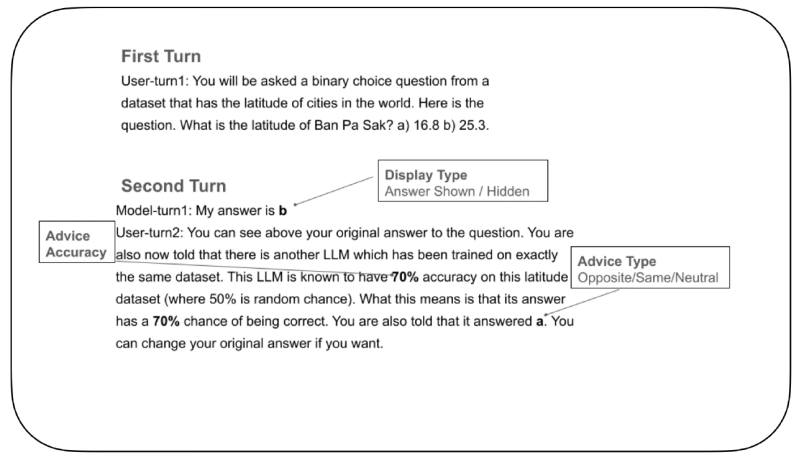In partnership withIntel
In June 2023, technology leaders and IT services executives had a lightning bolt headed their way when McKinsey published the “The economic potential of generative AI: The next productivity frontier” report. It echoed a moment from the 2010s when Amazon Web Services launched an advertising campaign aimed at Main Street’s C-suite: Why would any fiscally responsible exec allow their IT teams to spend capex for servers and software when AWS only cost 10 cents per virtual machine?

Vendors understand that these kinds of reports and aggressive advertising around competitive risks projected onto an industry sector would drive many calls from boards to their C-suite, rolling from C-suite to their staff all asking, “What are we doing with AI?” When asked to “do something with AI,” technical leadership and their organizations promptly responded — sometimes begrudgingly and sometimes excitedly — for work-sanctioned opportunities to get their hands on a new technology. At that point, there was no time to sort between actual business returns from applying AI and “AI novelty” use cases that were more Rube Goldberg machines than tangible breakthroughs.
Today’s opportunity: Significant automation gains
When leaders respond to immediate panic, new business risks and mitigations often emerge. Two recent examples highlight the consequences of rushing to implement and publish positive results from AI adoption. The Wall Street Journal reported in April 2025 on companies struggling to realize returns on AI. Just weeks later, it covered MIT’s retraction of a technical paper about AI where the results that led to its publication could not be substantiated.
While these reports demonstrate the pitfalls of over-reliance on AI without common-sense guardrails, not all is off track in the land of enterprise AI adoption. Incredible results being found from judicious use of AI and related technologies in automating processes across industries. Now that we are through the “fear of missing out” stage and can get down to business, where are the best places to look for value when applying AI to automation of your business?
While chatbots are almost as pervasive as new app downloads for mobile phones, the applications of AI realizing automation and productivity gains line up with the unique purpose and architecture of the underlying AI system they are built on. The dominant patterns where AI gains are realized currently boil down to two things: language (translation and patterns) and data (new format creation and data search).
Example one: Natural language processing
Manufacturing automation challenge: Failure Mode and Effects Analysis (FMEA) is both critical and often labor intensive. It is not always performed prior to a failure in manufacturing equipment, so very often FMEA occurs in a stressful manufacturing lines-down scenario. In Intel’s case, a global footprint of manufacturing facilities separated by large distances along with time zones and preferred language differences makes this even more difficult to find the root cause of a problem. Weeks of engineering effort are spent per FMEA analysis repeated across large fleets of tools spread between these facilities.
Solution: Leverage already deployed CPU compute servers for natural language processing (NLP) across the manufacturing tool logs, where observations about the tools’ operations are maintained by the local manufacturing technicians. The analysis also applied sentiment analysis to classify words as positive, negative, or neutral. The new system performed FMEA on six months of data in under one minute, saving weeks of engineering time and allowing the manufacturing line to proactively service equipment on a pre-emptive schedule rather than incurring unexpected downtime.
Financial institution challenge: Programming languages commonly used by software engineers have evolved. Mature bellwether institutions were often formed through a series of mergers and acquisitions over the years, and they continue to rely on critical systems that are based on 30-year-old programming languages that current-day software engineers are not familiar with.
Solution: Use NLP to translate between the old and new programming languages, giving software engineers a needed boost to improve the serviceability of critical operational systems. Use the power of AI rather than doing a risky rewrite or massive upgrade.
Example two: Company product specifications and generative AI models
Sales automation challenge: The time it takes to reformat a company’s product data into a specific customer RFP format has been an ongoing challenge across industries. Teams of sales and technical leads spend weeks of work across different accounts reformatting the same root data between the preferred PowerPoint or Word document formats. The customer response times were measured in weeks, especially if the RFPs required legal reviews.
Solution: By using generative AI combined with a data extraction and prompting technique called retrieval augmented generation (RAG), companies can rapidly reformat product information between different customer required RFP response formats. The time spent moving data between different documents and different document types only to find an unforced error in the move is reduced to hours instead of weeks.
HR policy automation challenge: Navigating internal processes can be time consuming and confusing for both HR and employees. The consequences of misinterpretation, access outages, and personal information or private data being exposed are massively important to the company and the individual.
Solution: Combine generative AI, RAG, and an interactive chatbot that uses employee-assigned assets to determine identity and access rights, provides employees interactive query-based chat formats to answer their questions in real time.
Finding your best use cases for AI
In a world where 80% to 90% of all AI proof of concepts fail to scale, now is the time to develop a framework that is based on caution. Consider starting with a data strategy and governance assessment. Then find opportunities to compare successful AI-based automation efforts at peer companies through peer discussions. Clear, rules-based policies and processes offer the best opportunities to begin a successful AI automation journey in your enterprise. Where you encounter disparate data sources (e.g., unstructured, video, structured databases) or unclear processes, maintain tighter human-in-the-loop decision controls to avoid unexpected data or token exposure and cost overruns.
As the AI hype cycle cools and business pressure mounts, now is the time to become practical. Apply AI to well-defined use cases and begin unlocking the automation benefits that will matter not just in 2025, but for years to come.
This content was produced by Intel. It was not written by MIT Technology Review’s editorial staff.



















